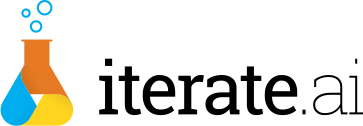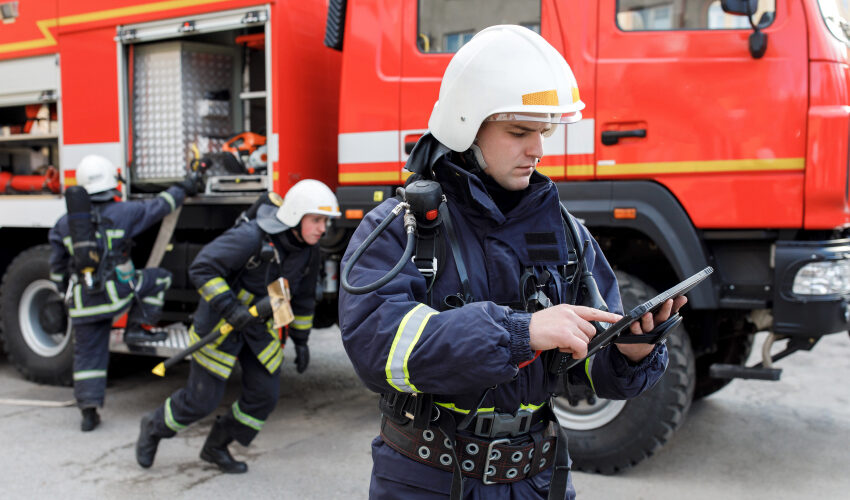Technology continues to penetrate all levels of business, and Human Resource (HR) functions are no different. HR leaders have innovated the way payroll and overall management work by embracing SaaS providers for benefit tracking, stock option management, tax planning, and of course, payroll. But what about health monitoring and productivity? The digital transformation in the workspace has been brought about by the forces of innovation such as big data, AI, blockchain, and IoT. Let us take a look at the impact that IoT has (or can have) on the daily functioning of the HR industry.
Safety
Safety First! Workplace safety has been enhanced greatly, going back to rope harnesses worn by steelworkers in skyscrapers and dosimeters worn by nuclear power plant personnel. IoT has the ability to extend these safety measures with constant digital reporting, data transmission back to safety officers, and even automatic activation of air-bag suits for roofers if they fall. Even small monitoring that tracks the heart rates of physical workers can greatly enhance overall safety by warning floor managers if an employee is getting too stressed and losing focus around dangerous equipment.
Evaluation of Employee Efficiency
IoT can be deployed to create programs within organizations that can be used for training and evaluation. Carrying internet-enabled mobile devices allows employees, managers, and HR to be connected at the team level. Features like instantly booking meeting rooms, communicating with peers and managers, and exchanging ideas on the go can be some of the functions within the IoT devices that can eventually increase employee efficiency through greater communication and even smart monitoring of less time “waiting around” for someone stuck in traffic.
Creation of a Quantifiable Work Environment
Wearing IoT-enabled devices at the workplace can aid organizations to gather employee data and help HR get an insight into the workforce. Parameters such as employee productivity, ergonomic trends, cross-team communications can efficiently be determined using the data collected. IoT will also make it possible to enhance workforce agility and response time for HR while addressing problems and issues. This will, furthermore, assist in creating synergy within the workforce.
Monitoring Employee Vitality
A key to any successful organization is employee productivity, and two of the major factors affecting productivity are the physical and mental health of each employee. One of the key functions of any HR department is to ensure that employees are competent and of sound health. Devices such as fitness bands and smartwatches will enable HR to monitor the collective workforce vitality and address issues raised due to poor health, be it physical or mental. This could further impact in making decisions related to workplace ergonomics, working hours, or nutritious dietary options.
Tracking Employee Behavior
We listed this impact last, as it has the most potential for evil. Used wrongly, IoT could be used to monitor employee conversations, walking speed, or bathroom breaks. When used for good, IoT-enabled badges can help in tracking an employee’s location– especially helpful in organizations dealing with delivery services or sales. Voice monitoring can also be an indicator of the stress levels of an individual based on his/her voice tone and heart rate, enable monitoring the speed of drivers and idle time between deliveries or compute alternate routes that are safer and efficient, all with the help of an IoT software. This level of monitoring is not required for most work environments, but it could also be a life-saver in dangerous situations: police over-stressed from long patrols or dangerous encounters, truck drivers with slurred speech, or emergency dispatchers not tracking vital details of a developing situation.
NOTE: Iterate is working with startups to enhance safety for police and EMS workers through such voice pattern monitoring.
Risks Involved
As it goes with any technology, IoT also has a set of risk factors that need to be taken into consideration while incorporating it with HR operations.
- Possible Security Breaches
Due to the immense number of devices connected in a way that wasn’t previously possible, there is always a risk of malfunction and security breaches. Like in a good proportion of IoT devices, hacking and theft of user data are highly possible within organizations if the underlying software and data are not well-protected. - Rise in Privacy Issues
Since IoT-enabled devices are potentially worn by employees round-the-clock, voice recognition and visual software carry the potential to be integrated with other devices to keep a watch on user activities. This could be a major privacy threat for employees and managers out of working hours. Any IoT deployment must be accompanied by strict HR protections around privacy. Privacy audits must be conducted by neutral 3rd parties.
Will IoT Benefit Your Workspace?
Integrating IoT will be a major boon in organizations, especially those with a huge workforce since it will enable monitoring and tracking employee productivity and further aid in developing solutions to make workplaces more efficient. Having said that, it is of utmost importance that the risks and proper policies involved be addressed properly before adopting any new technology. But, with modern technological innovations being integrated within enterprises with every new advancement, it is not far when IoT too will be a daily norm within the workplace everywhere.

